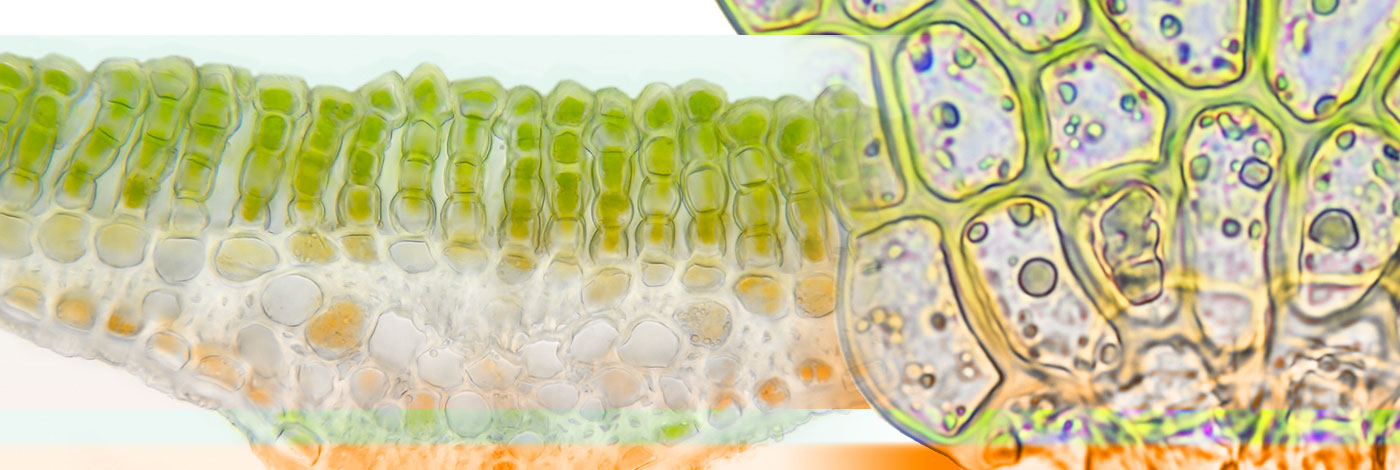
 Cryptogamie, Bryologie
37 (1) - Pages 3-18
Cryptogamie, Bryologie
37 (1) - Pages 3-181652 individuals of Aneura pinguis from Poland were surveyed for variation in 12 putative gene loci. Based on isozyme data, we distinguished three cryptic species. No evidence for gene flow between these species was found. To date, no qualitative morphological characters are available, which would allow delimitation of the cryptic species of A. pinguis. Hence, these species are not formally described, but assigned as cryptic species A, B, and C. The mean genetic distance (D) between them is 1.3393. The highest genetic variation within populations (HS) was found in species A, and the lowest in species B. Individual species of A. pinguis differ in their habitat preferences. Species A is the most common, it occurs mostly in the Western Carpathians, grows mainly on calcareous rocks and humus. Species B is the most frequent in the Eastern Carpathians on clay soil. Species C is the rarest, it can be found both in lowlands and mountains, but mainly in lowlands and on various substrata. All studied cryptic species occur partly sympatrically.